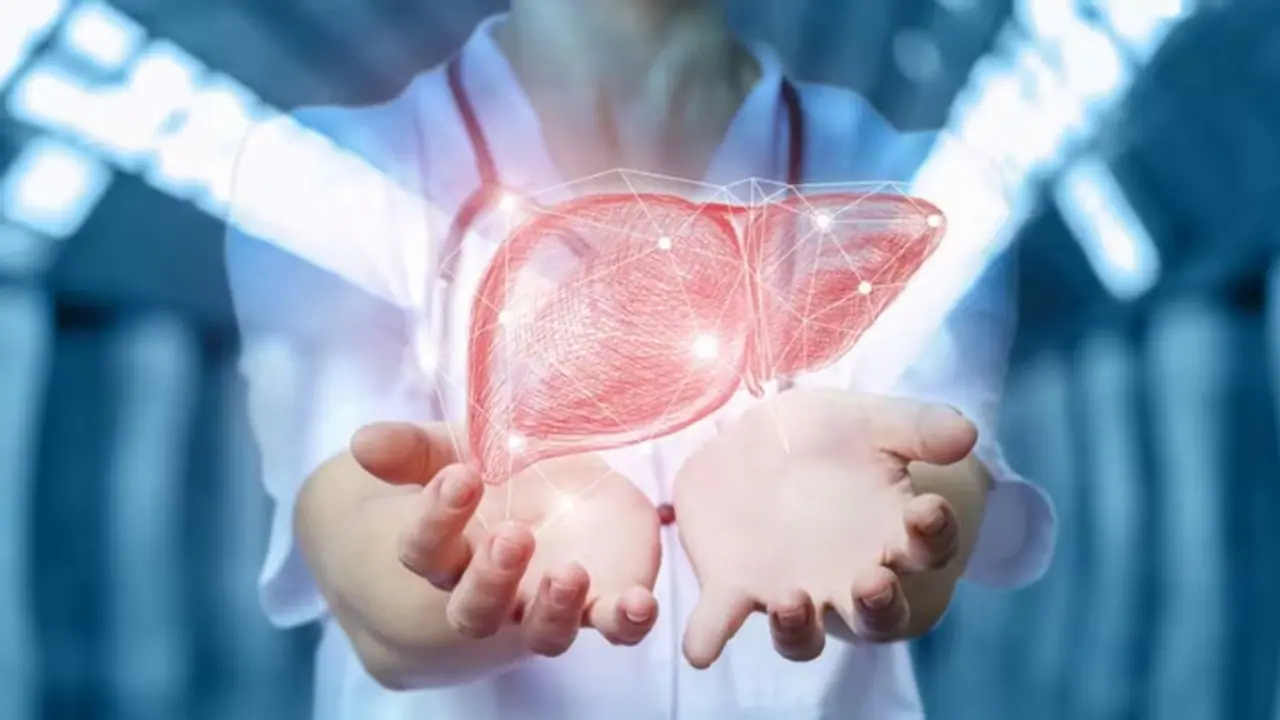Hereditary liver illnesses are generally caused by genetic mutations passed down from parents or isolated genetic abnormalities that impair the liver's capacity to digest proteins, nutrients, or eliminate toxins. These mutations can result in progressive liver damage over time.
Liver Diseases have varied causes; most common of them are Viral origin (Hepatitis A, B, C, E), Metabolic (Non-Alcoholic Fatty Liver Disease now called–Metabolic dysfunction-associated steatotic liver disease (MASLD), Toxins (Paracetamol, Alcohol, Yellow phosphorus poisoning, heavy metals) and Hereditary. Hereditary liver diseases are primarily caused by genetic mutations inherited from parents or isolated genetic changes that affect the liver's ability to process proteins and nutrients or remove toxins. These mutations can lead to gradual liver damage over time.

Types and Manifestation of Hereditary Liver Diseases
Hereditary liver diseases can manifest at different life stages—some appear early in life, others in adulthood, and some may develop in adolescence. Among the most common hereditary liver diseases are hemochromatosis, Alpha-1 antitrypsin deficiency, and Wilson's disease.
Also Read: Coorg to Chikmagaluru: Top 5 places to visit this weekend near Bengaluru
- Hemochromatosis is characterized by excessive iron deposition in the liver and other body parts. This iron overload disrupts organ function and can lead to serious conditions such as cirrhosis, heart failure, and diabetes. The buildup of iron, a heavy metal, causes various symptoms, including a bronze color discoloration of the skin. Hemochromatosis progresses slowly as iron accumulates, often remaining undiagnosed until the disease progresses. Diagnosis is usually made through blood tests and confirmed by genetic testing that identifies a deficiency in the HFE gene, which affects iron metabolism. Once confirmed, treatment primarily involves supportive care, including regular phlebotomy to reduce iron levels. Interestingly, women may develop symptoms later in life and are less affected due to regular blood loss through menstruation. Despite treatment, the condition can advance to liver cirrhosis, necessitating a liver transplant in severe cases.
- Alpha-1 antitrypsin deficiency results from a lack or deficiency of the alpha-1 antitrypsin protein in the blood, which is crucial for lung function. Consequently, patients often experience respiratory symptoms such as breathlessness, emphysema, a barrel-shaped chest, and frequent chest infections. Over time, the deficiency also affects the liver, causing it to shrink significantly—from a normal weight of 1,000 to 1,500 grams to as little as 250 to 500 grams. Treatments like protein supplementation offer limited benefits, and management generally focuses on symptomatic relief of respiratory issues and infection prevention. In severe cases, when the liver becomes cirrhotic, a liver transplant may be necessary.
- Wilson's disease involves excessive copper deposition in the body due to a deficiency in the ATP7B gene, which impairs the body's ability to excrete copper. This copper buildup, especially in the liver, can lead to cirrhosis. Wilson's disease often presents with non-specific symptoms, making early diagnosis challenging. Common indicators include copper rings in the eyes (Kayser-Fleischer rings) and elevated copper levels in the urine. Treatment typically involves chelating agents to help eliminate excess copper from the body. Despite this, the disease may be diagnosed late, often after significant liver damage has occurred, potentially requiring a liver transplant.
Also Read: Ganesh Chaturthi 2024: 6 lessons to learn from Lord Ganesha
Hereditary Liver Diseases in Children
Some hereditary liver diseases manifest in childhood or early life, such as biliary atresia, glycogen storage diseases, and progressive familial intrahepatic cholestasis (PFIC)
- Biliary Atresia is a condition where bile ducts are blocked or malformed, preventing bile from reaching the Liver to reach the intestine. Symptoms usually appear within the first month of life, notably severe jaundice. Historically, the Kasai operation was performed to bypass the blocked bile ducts by connecting the liver directly to the intestine. This procedure served as a temporary solution until a liver transplant could be performed. However, with advancements in transplant techniques, liver transplants can now be performed on very young children, making the Kasai operation a less preferred option.
- Glycogen storage diseases (GSD) such as Type 1 are caused by recessive mutations, meaning a child must inherit the defective gene from both parents. This condition gradually damages the liver and often requires a liver transplant. Other patients with severe GSD type 3 & 4 can also be treated by Liver Transplant.
- Progressive familial intrahepatic cholestasis (PFIC) and other lysosomal disorders also impact liver function and can necessitate liver transplants. Treatment options for these hereditary conditions are limited and focus mainly on managing symptoms and complications and when the liver gets damaged extensively then Liver Transplant is the only option.
Prevention and Management
Adopting a healthy lifestyle is crucial to reduce the risk of liver disease in adulthood. Avoiding alcohol, quitting smoking, maintaining a balanced diet, and adhering to medical advice are key preventive measures. Parents should be vigilant for early signs of liver disease in children, such as delayed milestones or jaundice. Early detection through regular check-ups is invaluable and genetic testing is confirmatory. For families with a history of hereditary liver diseases, genetic counselling can help them understand risks and take preventive actions. Avoiding consanguineous marriages and testing potential partners can further prevent transmission of these genetic conditions.
(This article is written byDr. Sanjeev Rohatgi, Consultant - Surgical Gastroenterology & Multi-Organ Transplantation, Manipal Hospital Whitefield)
